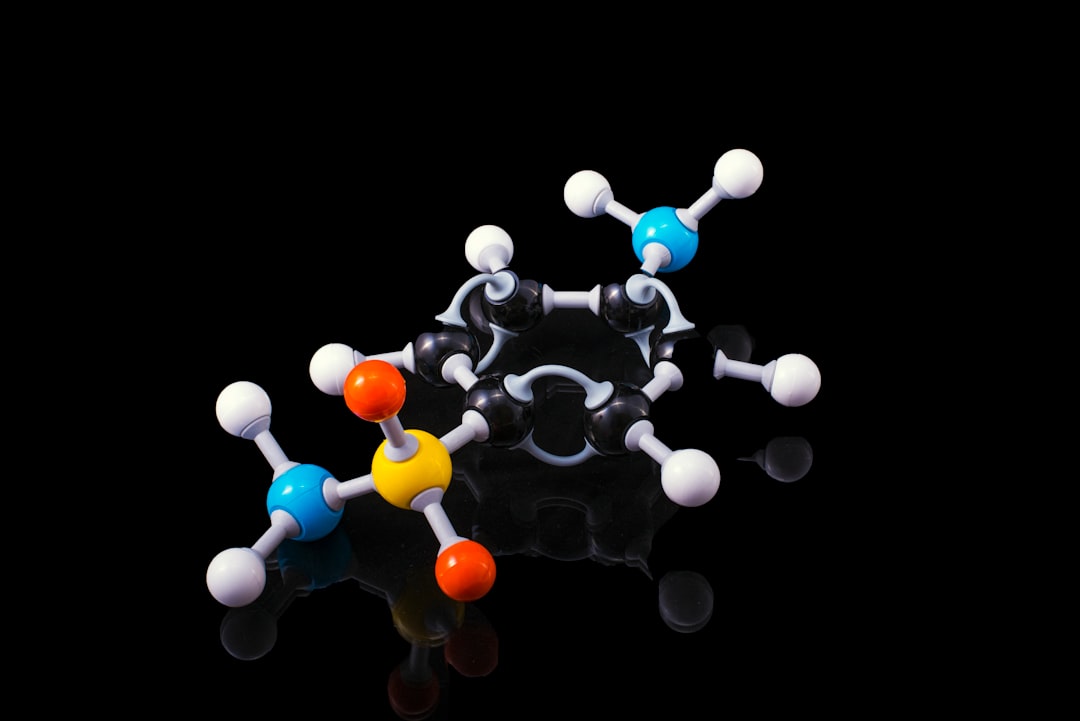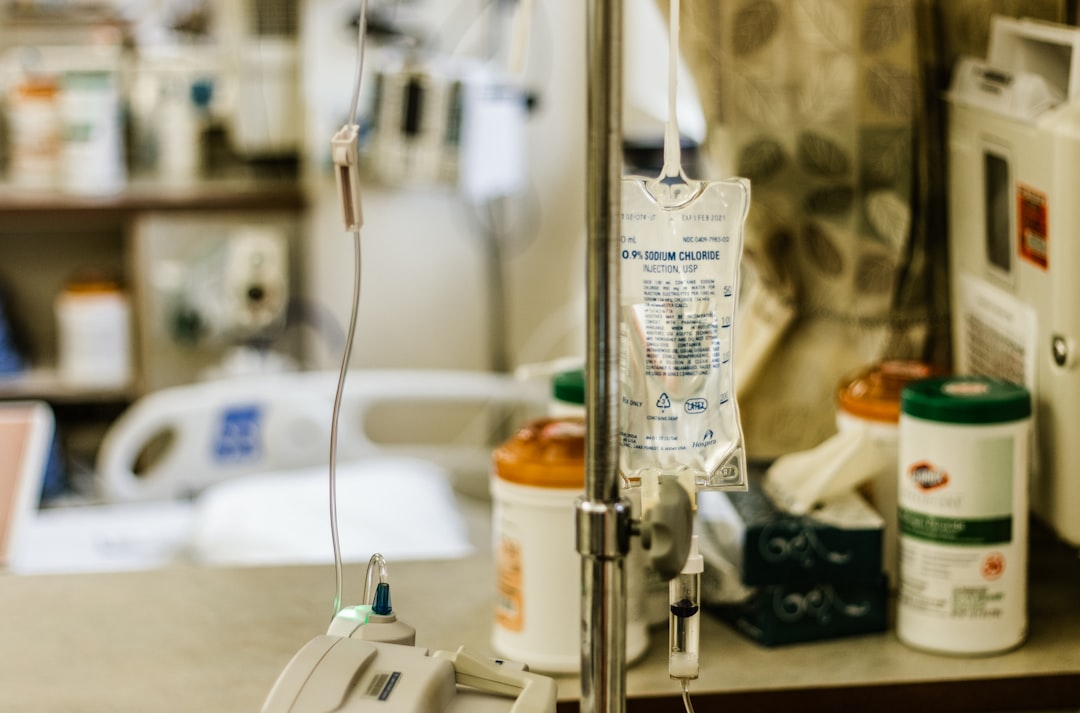What is it about?
Over the past two decades, numbers of commonly used antibiotics have become less effective against certain bacterial infections, not only because of the side effects, but also due to emergence of drug resistant, like methicillin resistant Staphylococcus aureus (MRSA) and vancomycin resistant Enterococcus faecium. Resistance to a number of antimicrobial agents (β-lactam antibiotics, Macrolides, Quinolones, and Vancomycin) among a variety of clinically significant species of bacteria is becoming increasingly major global problem. These pose a serious challenge to the scientific community hence emphasis has been laid on development of new antimicrobial agents.
Featured Image
Why is it important?
In view of the reported antimicrobial activity of various floroquinolone, and taking into consideration the structure activity studies of various substituted quinolones, which proved the importance of the C-7 substituents in the chemotherapeutic activity as well as many bulky substituted C-7 derivatives of floroquinolone proved to exhibit potent antimicrobial activities.
Perspectives
Among all the synthesized compounds some compounds showed potent anti microbial activity. The nice docking scores of some of compounds reveals that these compounds are well accommodated in active site of enzyme and the binding pattern of potent compounds shown that they were strongly interact within the active site of topoisomerase II DNA gyrase enzymes (2XCT). In silico pharmacokinetic prediction revealed that, these compounds were shown drug likeliness with marked lipophilicity, oral absorption and lack of CNS toxicity. Conclusion: This investigation identified the potent antibacterial agents against certain infection.
Dr. Mehul M Patel
Ramanbhai Patel College of Pharmacy
Read the Original
This page is a summary of: Design, Synthesis and Molecular Docking of 1-Cyclopropyl-6- Fluoro-4-Oxo-7-{4-[2-(4-Substituted-Phenyl)-2-(Substituted)-Ethyl] -1-Piperazinyl}-1,4-Dihydroquinoline-3-Carboxylic Acid as an Antimicrobial Agents, Current Drug Discovery Technologies, October 2017, Bentham Science Publishers,
DOI: 10.2174/1570163814666170224110500.
You can read the full text:
Contributors
The following have contributed to this page










